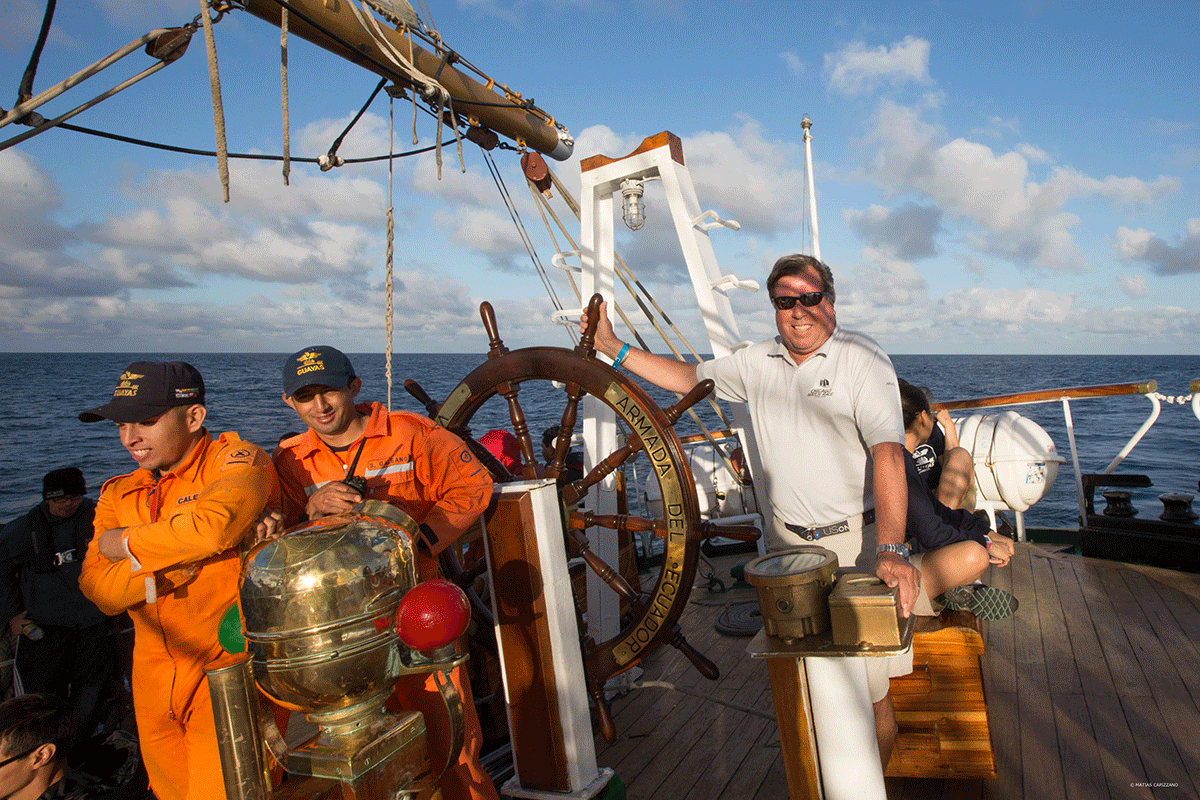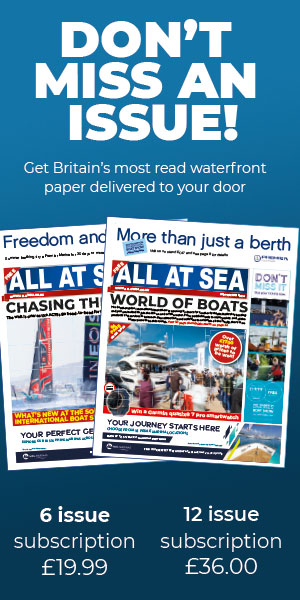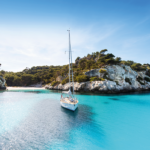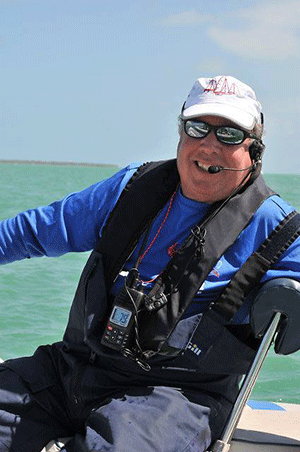 AAS: You are Cowes Week’s Chief Judge – can you explain what this entails?
AAS: You are Cowes Week’s Chief Judge – can you explain what this entails?
TR: I supervise, along with an assistant Chief, the intake of Protest filings, voluntary penalties accepted for rules infractions and redress hearings during the course of racing for the week. We have two or three jury panels which conduct any protest or redress hearings. After speaking to the competitors at the Protest Desk, we can help guide their decision making as to whether to file a protest or accept a penalty. In addition, I attend the morning Race Committee meetings with the Course Setting team and am present for the Race Committee daily briefings on the Royal Yacht Squadron platform.
AAS: How did you first come to be a protest judge?
TR: I started out sailing as a competitor in the early 1970s while in college. After school I spent several years actively sailing and had a stint as a paid hand, then captain on several racing sailboats. Eventually I took a job with a prominent USA boat builder, Tartan Marine. I then married and began a family while working in New England at a boat yard and dealership. An opportunity to move to Florida and start a company representing numerous marine manufacturers in the southern territory resulted in moving to St. Petersburg, Florida and becoming involved in junior sailing as a parent of young children. When the local yacht club needed people to help run races, I volunteered and took the appropriate courses, first as a Race Officer then subsequently as an on the water Umpire and Sailing Judge. By 2005, I had completed certification as an ISAF (now World Sailing) International Umpire and International Judge. Coming to Cowes for Junior Match Race Week at the Island Sailing Club and sitting on a panel for Cowes Week starting in 2005 eventually landed me in the position of responsibility I now hold each summer during Cowes Week.
AAS: Do you have any tips for this year’s Cowes Week competitors?
TR: The Solent is one of the most challenging sailing venues in the world. Cowes Week is arguably one of the oldest and largest regattas, being held annually since 1826. Because of the extensive class roster (usually 36 different classes compete) and course complexity with both One Design (dinghy and keel boat) and cruising and handicap big boat classes, there is something for almost every racing interest and level of competition. The number one tip is to learn about the currents and tidal influence on the local waters. It is critical to be mindful of going the correct way around every race course. The second tip is to pace yourself. Seven days of racing can be a real grind both mentally and physically, especially if the week is particularly windy.
AAS: Which other international events are you/have you been involved in as a protest judge?
TR: I have been Jury Chair for the RORC Fastnet Race as well as the RORC Caribbean 600 for a number of years now. I have also been a Jury member and Chairman for the Storm Trysail Club’s Key West Race Week and Block Island Race Week. Since the early 2000s I have been involved in Etchells Racing at Miami on Biscayne Bay and been on the Etchells World Championship juries numerous times. I have done many ORC World and European Championships as well.
Finally, getting back to my roots, I try to do youth regattas for the Opti and Laser classes such as Orange Bowl and Annual Championships whenever possible.
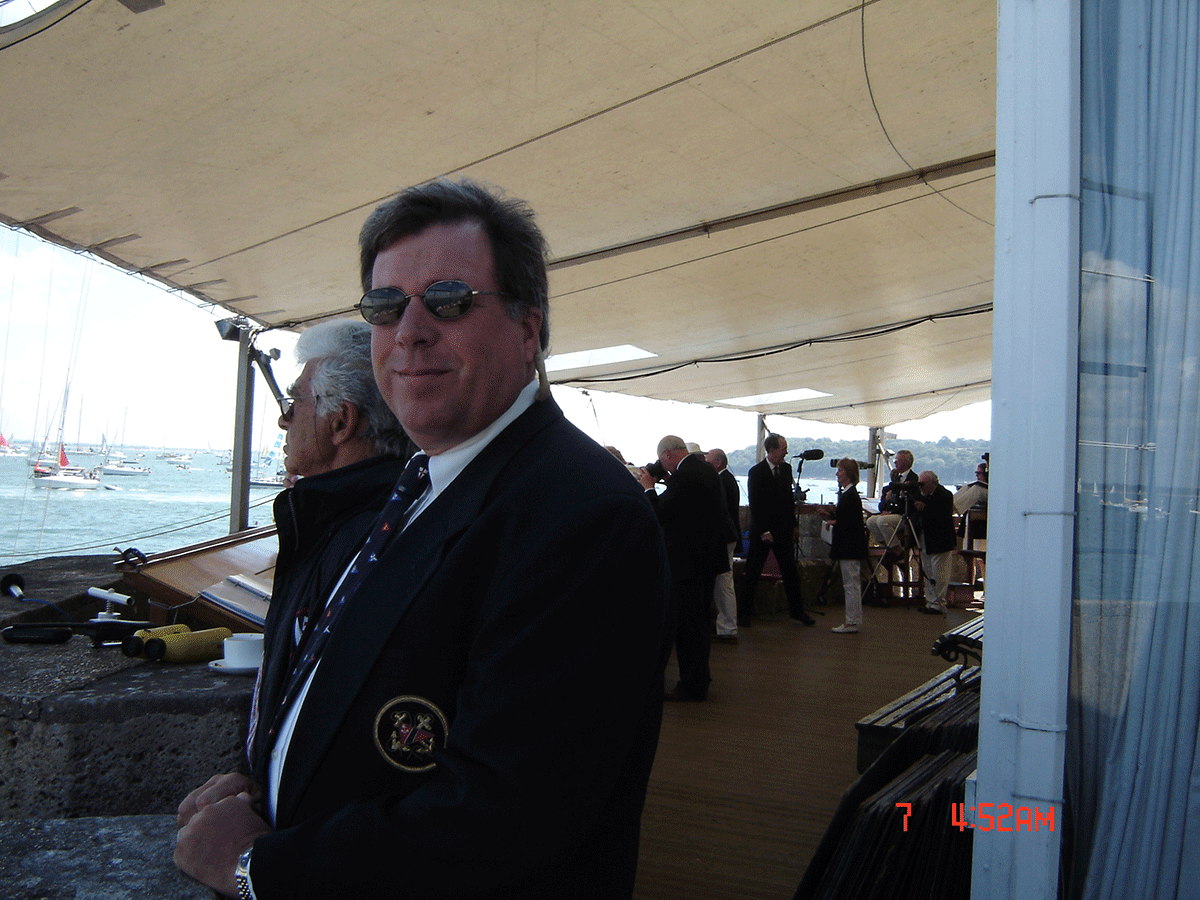
AAS: Are there any events which standout in your memory (as a sailor or judge)?
TR: I have been fortunate to be an umpire at some very prominent events such as the World Match Race Tour, Congressional Cup, TP 52, Farr 40 and even one Louis Vuitton IACC Version 5 season. I am also proud to have been a part of the Chicago Match Race Center and helped organise their seasonal events for over 10 years.
AAS: You live in Florida – what is the sailing like over there compared to, say, the Solent?
TR: Florida can be a dream sailing venue during the right season. As such the winds are more predictable and the tides a bit more straight forward to anticipate on both Tampa Bay, where I live, and on Biscayne Bay in Miami, a favoured winter venue in Florida.
AAS: Where is your favourite location to sail?
TR: A mentor of mine always advised us to go where there are palm trees and flying fish. Therefore the Caribbean wins, hands down. If I had to choose where in the Caribbean it would be the West Indies and my favourite area is that special place between St. Vincent and Grenada. Encompassing Bequia to the north and finishing with the Grenadines in the south.
AAS: Do you follow/play any sports outside of sailing?
TR: My favourite to follow is Formula 1, but I personally play golf on occasion and try to go fishing in our wonderful adjacent Florida coastal waters.


